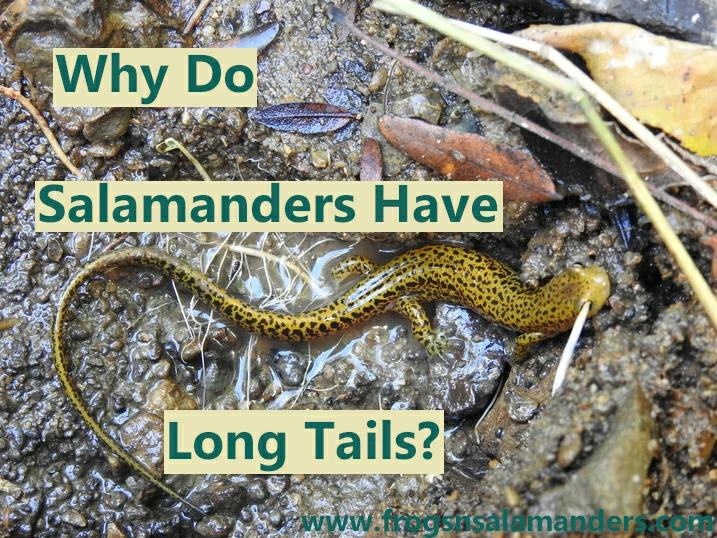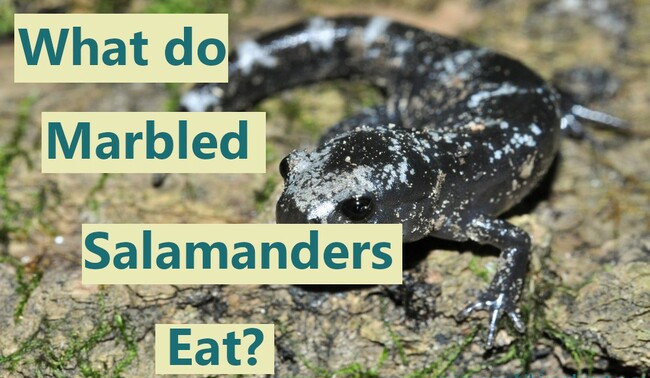Salamander Eggs vs Frog Eggs vs Toad Eggs vs Newt Eggs
When the winter ends and warmer spring temperatures arrive, amphibians emerge from hibernation and migrate to breeding sites to lay their eggs. Most amphibians will lay their eggs in the water, but many will lay their eggs on land. Amphibian eggs laid in the water can be difficult to tell apart unless you have a … Read more










